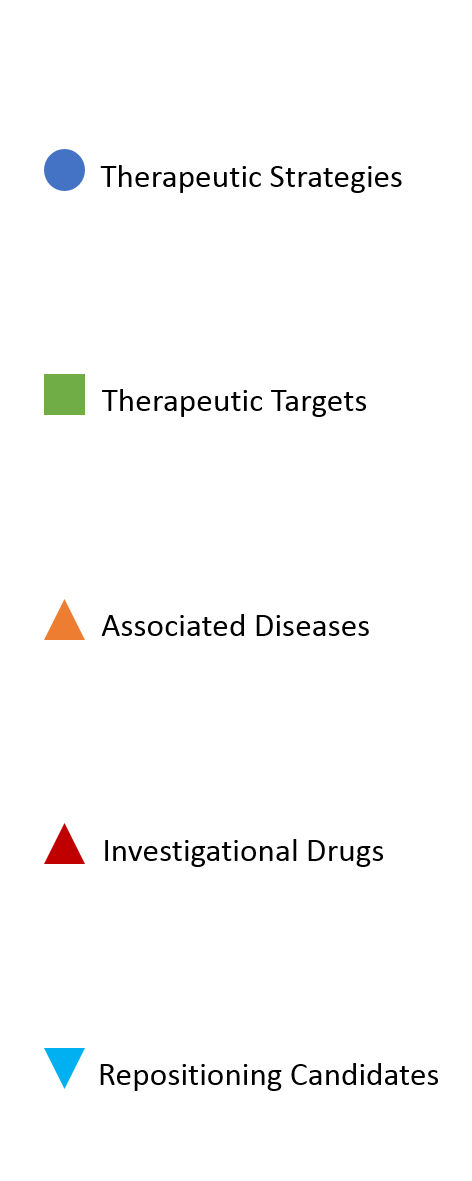Repositioning Candidate Details
| Candidate ID: | R0061 |
| Source ID: | DB00174 |
| Source Type: | approved; investigational; nutraceutical |
| Compound Type: | small molecule |
| Compound Name: | Asparagine |
| Synonyms: | (2S)-2-amino-3-carbamoylpropanoic acid; (2S)-2,4-diamino-4-oxobutanoic acid; (S)-2-amino-3-carbamoylpropanoic acid; (S)-Asparagine; 2-Aminosuccinamic acid; alpha-aminosuccinamic acid; Asn; Asparagine; Aspartamic acid; L-2-aminosuccinamic acid; L-Asparagine; L-aspartic acid beta-amide; L-aspartic acid β-amide; α-aminosuccinamic acid |
| Molecular Formula: | C4H8N2O3 |
| SMILES: | N[C@@H](CC(N)=O)C(O)=O |
| Structure: |
|
| DrugBank Description: | A non-essential amino acid that is involved in the metabolic control of cell functions in nerve and brain tissue. It is biosynthesized from aspartic acid and ammonia by asparagine synthetase. (From Concise Encyclopedia Biochemistry and Molecular Biology, 3rd ed) |
| CAS Number: | 70-47-3 |
| Molecular Weight: | 132.1179 |
| DrugBank Indication: | Used for nutritional supplementation, also for treating dietary shortage or imbalance. |
| DrugBank Pharmacology: | A non-essential amino acid. Asparagine is critical for the production of the body's proteins, enzymes and muscle tissue. Supplements of this amino acid are claimed to balance nervous system function. |
| DrugBank MoA: | Asparagine, a non-essential amino acid is important in the metabolism of toxic ammonia in the body through the action of asparagine synthase which attaches ammonia to aspartic acid in an amidation reaction. Asparagine is also used as a structural component in many proteins. |
| Targets: | Neutral amino acid transporter B(0); Isoaspartyl peptidase/L-asparaginase substrate; Probable asparagine--tRNA ligase, mitochondrial; Asparagine synthetase [glutamine-hydrolyzing]; Asparagine--tRNA ligase, cytoplasmic; Sodium-coupled neutral amino acid transporters inhibitor |
| Inclusion Criteria: | Indication associated |

| Strategy ID | Strategy | Synonyms | Related Targets | Related Drugs |
|---|
| Target ID | Target Name | GENE | Action | Class | UniProtKB ID | Entry Name |
|---|
| Diseases ID | DO ID | Disease Name | Definition | Class | |
|---|---|---|---|---|---|
| I02 | 5113 | Nutritional deficiency disease | A nutrition disease that is characterized by deficiency of a nutritional element, such as a vitamin, mineral, carbohydrate, protein, fat, or general energy content. https://medlineplus.gov/malnutrition.html | disease of metabolism/acquired metabolic disease/nutrition disease | Details |
